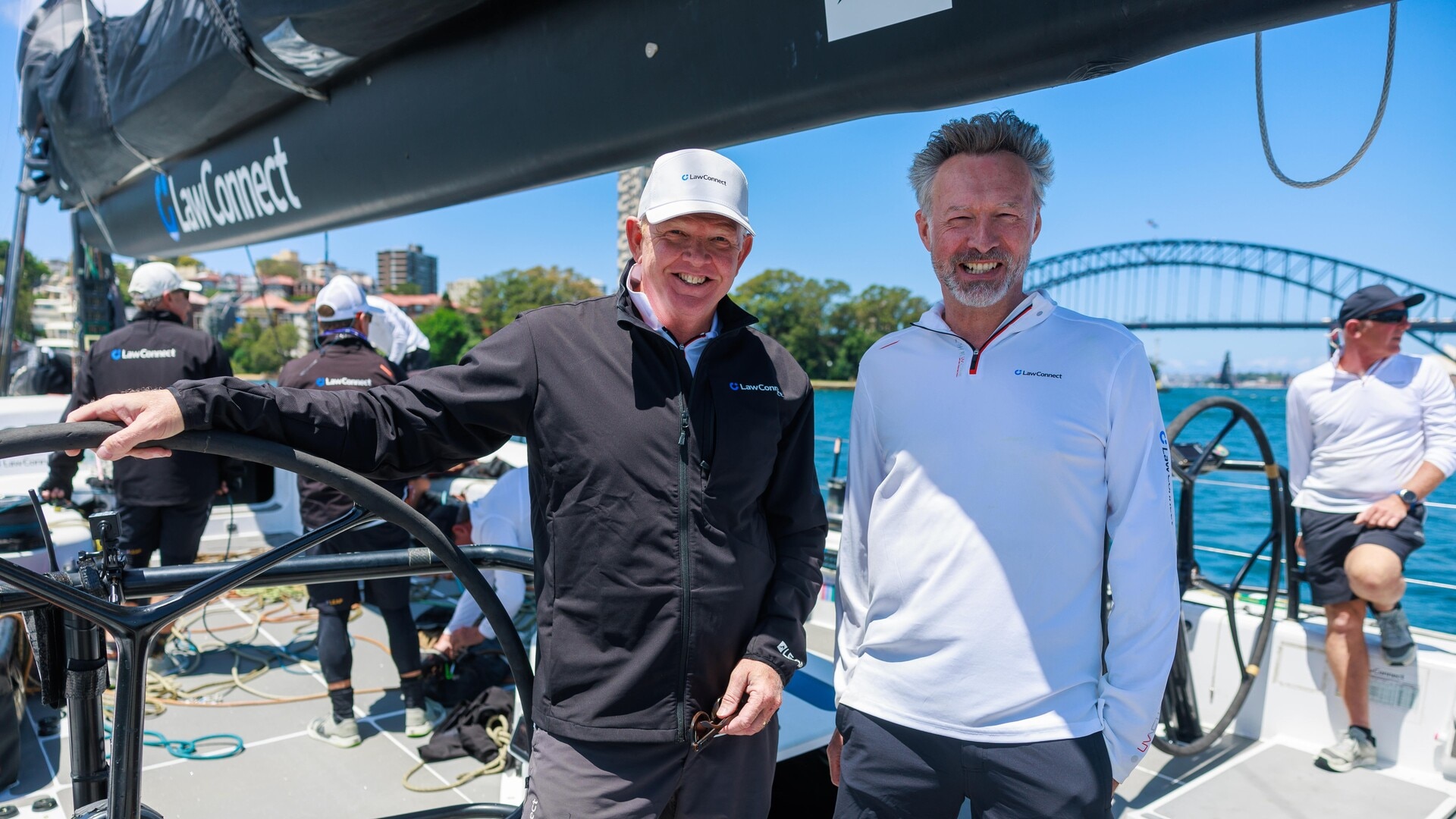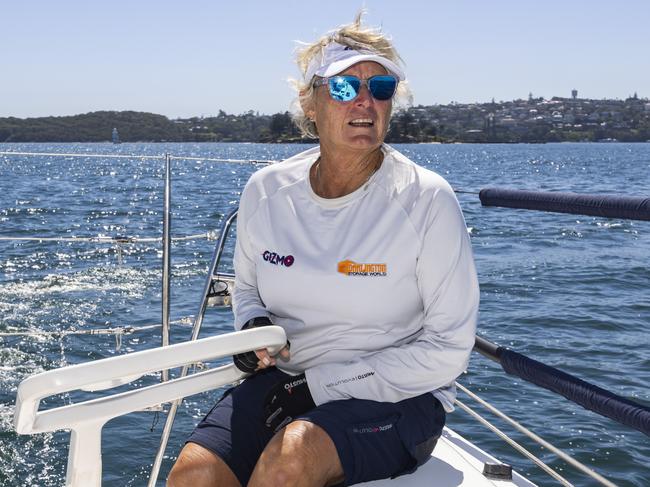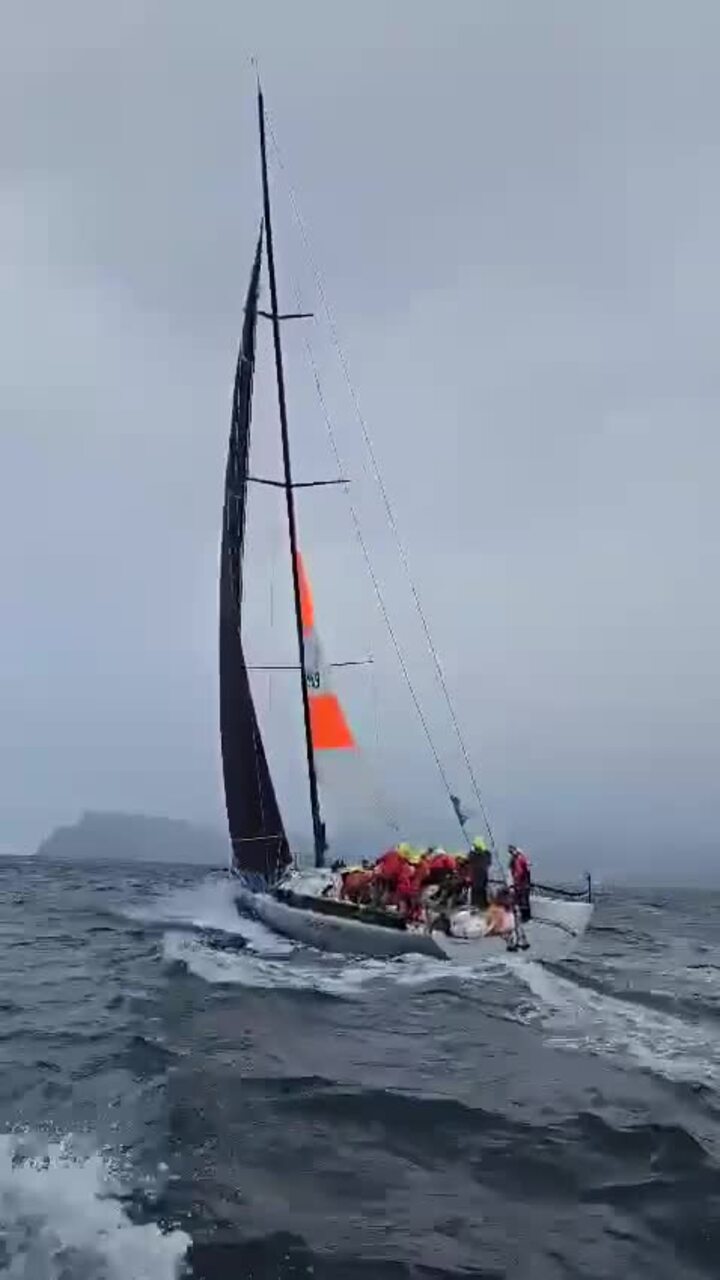Sydney to Hobart yacht race: Gizmo’s tough decision to retire, Wendy Tuck’s tribute to Nick
A Sydney to Hobart veteran has given an insight into how tough it was to pull out of the torrid race while remembering one of the sailors who died as a man ‘with a great smile’.

Sydney to Hobart race veteran Wendy Tuck has opened up about the tough call for her and co-skipper Meg Niblett to retire from the torrid race while remembering one of the sailors who died at sea as a man “with a great smile”.
Sailing the two-hander Gizmo, Tuck and Niblett were forced out of the race due to Niblett being unable to eat or drink.
“Meg was loving it but she was sick,’’ Tuck said.
“She had a recent illness and it just made the seasickness worse and she couldn’t even hold down water.
”I let her make the decision and there were tears but it was safety first. It was the right one to make.’’
ROLLING COVERAGE: FOLLOW THE RACE AS IT HAPPENS

Tuck revealed they had heard the dramas at sea in which Bowline sailor Smith and Flying Fish Arctos sailor Roy Quaden died.
The shocking distress calls played out on their radio as the raced down the NSW coast the first night and morning at sea.
“It was quire confronting,’’ Tuck said.
“Both calls were very professional, done correctly but always hard to hear these things. We heard it on the radio and we had it loud on the speaker in the cockpit.’
Tuck, the first Australian to steer a winning yacht in the Clipper Round the World race, later realised she had known Smith through the race.

“He always had a smile on his face, happy to see you and have a chat,” Tick said.
“He loved sailing.
“I saw him before the race but had to rush off and said we’d catch up for a drink in Hobart.
“It’s just tragic.’’
Tuck said she and Niblett were loving the race despite encountering some tough conditions and “washing machine” like seas.
“The sea state was horrible. We would be surfing on swell and then being stopped a wave coming the other way,’’ Tuck said.
“The hardest par was having to hand steer (two hands also have autopilot). But its easier to steer upwind than downwind.’’






To join the conversation, please log in. Don't have an account? Register
Join the conversation, you are commenting as Logout